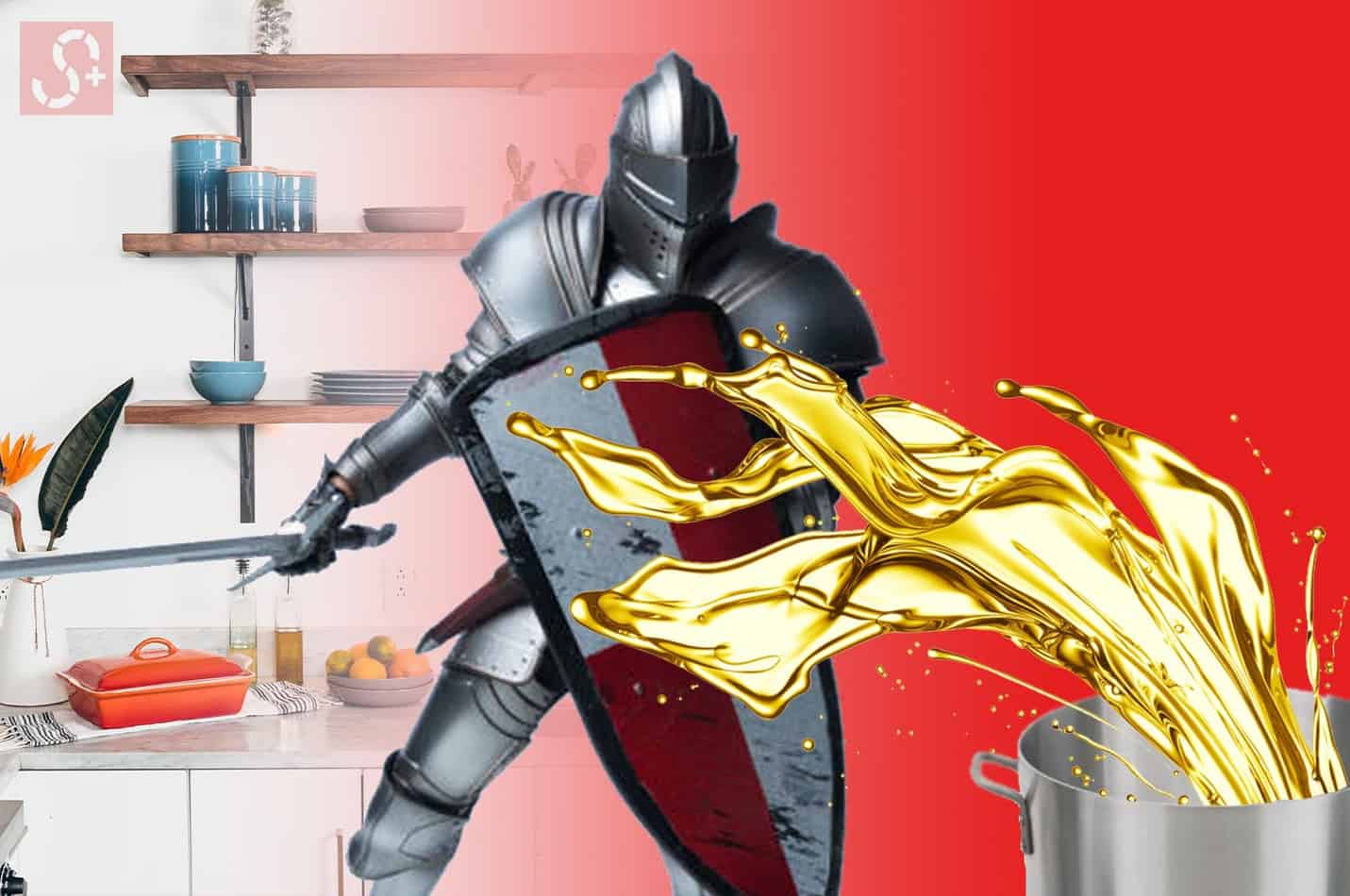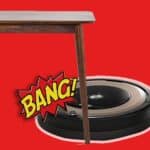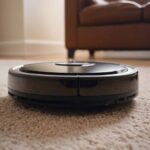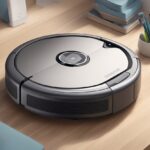A bit of grease can make foods tasty, in moderation, of course. No matter if you’re cooking a delicious burger or a thick cut of steak, one frustrating drawback is how quickly it can turn your kitchen into a greasy nightmare. Yet, there are many ways you can avoid this and keep your kitchen walls clean.
How can you protect your kitchen walls from grease?
You can keep your kitchen clean by tackling the problem at the root, by using a range of splatter guards or specialized appliances to keep the grease from splattering, as well as some handy methods to prevent splatter in the first place.
One of the best ways to protect your walls from grease is by using a splatter guard. Also, consider using enclosed cooking appliances like the Ninja Foodi Air Fryer.
While looking into how to best prevent grease from building up on my kitchen walls, I began to discover many different appliances and prevention tips that keep it from ever happening.
I spent so much time cleaning my stove, kitchen counter, and walls. These tips and tricks have saved me countless hours in the kitchen!
Let’s take a closer look at my findings down below, and explore some of the best practical ways to stop grease from building up on your kitchen walls.
Preventing Grease Build-up: How to Avoid Splatter on Your Walls
Grease build-up can be a debilitating development in your kitchen. Sometimes requiring hours of rubbing to completely remove.
Your walls are one of the most frustrating areas that this can happen, requiring you to often clean hard-to-reach areas.
Yet, it’s important to note that grease build-up can be stopped at the source.
If you’re cooking greasy food indoors, there is a range of affordable products that will help you prevent splatter from reaching your kitchen walls in the first place.
These include:
- Dutch Ovens
- Ninja Foodi Appliance
- Splatter Screens
Let’s take a closer look at how each of these will help you prevent splatter:
- Dutch Ovens
Dutch ovens are one of the most effective and widely used ways to cook greasy foods indoors.
Without having to worry about grease splatter on your walls.
The high vertical sides of the Dutch oven help to keep all of the greases inside, and the lid will act as a reliable guard against any unruly splatter.
If you do plan to use a Dutch oven, make sure not to cover it entirely. Always leave a small opening with your lid to ensure that air can travel in and out freely. Always have your stove fan on to catch any extra steam that will escape.
2. Ninja Foodi
A Ninja Foodi is another excellent example of an appliance that can keep grease off your walls with ease.
The Ninja Foodi is an air fryer and comes with a completely enclosed environment that will prevent any splatter from ever getting out.
Whilst an appliance such as the Ninja Foodi might seem a little more costly, you do get what you pay for in terms of a handy-quality appliance.
As well as saving countless hours in clean-up time afterward.
3. Splatter Screens
The tried-and-true favorite, and long-standing legend of grease splatter prevention. Splatter screens are a highly effective method of keeping the grease in the pan and stopping it from ruining your afternoon with intensive wall clean-up.
Simply make sure to always place the splatter screen over your pan, especially as it has reached maximum heat. This will trap all of that extra grease in the screen itself.
You can even use the splatter screen like a grease shield as you stir or adjust your food.
I like to hold the splatter screen in one hand 2-4 inches above the pan. Then I angle one side of the splatter screen enough so I can fit a utensil underneath to adjust my meal with my other hand.
This technique works great in reducing splatter.
Always remember to be careful where you place the splatter screen down, as it will be covered in grease.
It’s often good to place it into the sink directly after use and only remove it to quickly flip the meat you are frying.
Reduce Splatter with These Prevention Tips
You don’t always have to go out and buy new appliances to help prevent splatter. There are plenty of handy prevention tips to reduce the amount of splatter that occurs in the first place.
Let’s take a look at some of the easiest and most effective ways to reduce grease splatter from steak or other items as you cook:
Reduce the Water You Use
Water is the main culprit behind splatter. You may have heard the saying, “Water and Oil don’t mix,” well, this is why.
When there is an abundance of water in your pan or pot, it will begin to boil, causing the oil to splatter.
You can prevent this by always making sure to dry off your pan before use.
It is often a good idea to heat your pan on medium heat for some time before use. Allowing time for you to remove any water residue that is still there.
You can also make sure to dry off your pan or pot before use. Ensuring that this isn’t an issue.
However, sometimes this won’t be avoidable as the meat will expel water as you cook it. To curb the amount of splatter that occurs, try using more medium heat.
This will ensure that the water doesn’t boil and begin to splatter the oil in the pan.
Use a Larger Pan
There is a simple science to splatter that is easy to take advantage of—the more surface area you have on your pan, the less splatter that will occur.
As the oil (And perhaps water) has more room to expand out.
When you use a smaller pan, both the oil and water will be condensed into a small area. This will cause it to boil and then splatter.
Closely Monitor Your Cooking Process
While there are many products that you can set and forget, most of us will be cooking in a pan or pot.
It can be tempting to walk away and do other things, as you’re waiting for the meat to cook, but this is often the reason for a lot of splatters.
Take the time to closely monitor your cooking process. When you see the pan or pot begin to splatter, you can reduce the heat to stop it. Or, if it’s unavoidable, clean up the splatter as it is happening.
Grease is far easier to clean when it has just happened. If left alone, it will harden and become a nightmare to get off
Using Proper Venting To Reduce Grease
Have you ever noticed how the cabinet right above your stove becomes super greasy? Well, that’s from small grease vapor becoming air-bound when you cook.
The grease particle floats just like dust and adheres to all surfaces that it lands on.
Although this method won’t 100% stop grease from ending up on your walls, it’s highly effective in reducing the reach of grease.
Using a 600 CFM or higher range hood to vent(And I’m not talking about venting your personal issues) when cooking helps reduce the spread of fine grease particles.
Not only will this help reduce the spread of grease, but it will also improve your home’s overall air quality.
Here is an article I wrote about using range hoods to help control cooking.








